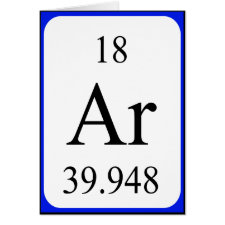
Authors: Guiochon G
Article Title: Monolithic columns in high-performance liquid chromatography.
Publication date: 2007
Journal: Journal of Chromatography A
Volume: 1168
Issue: (1-2)
Page numbers: 101-168.
DOI: 10.1016/j.chroma.2007.05.090
Alternative URL: http://www.sciencedirect.com/science/article/B6TG8-4NWKCNV-1/2/2d0bc151fc9ccf3d04559546aa04a6ec
Abstract: Monolithic media have been used for various niche applications in gas or liquid chromatography for a long time. Only recently did they acquire a major importance in high-performance column liquid chromatography (HPLC). The advent of monolithic silica standard- and narrow-bore columns and of several families of polymer-based monolithic columns has considerably changed the HPLC field, particularly in the area of narrow-bore columns. The origin of the concept, the differences between their characteristics and those of traditional packed columns, their advantages and drawbacks, the methods of preparation of monoliths of different forms, and the current status of the field are reviewed. The actual and potential performance of monolithic columns are compared with those of packed columns. Monolithic columns have considerable advantages, which makes them most useful in many applications of liquid chromatography. They are extremely permeable and offer a high efficiency that decreases slowly with increasing flow velocity
Template and target information: Review - monolithic columns in HPLC
Author keywords: Bed heterogeneity, column efficiency, Compressed gels, efficiency, Flow velocity, Friction, Impedance, Mesopores, monolithic columns, Peak capacity, Permeability, Porons, polymer gels, polymer monoliths, pressure, Retention times, Rod columns, Silica monoliths, Skeleton, Throughpores



Join the Society for Molecular Imprinting

New items RSS feed
Sign-up for e-mail updates:
Choose between receiving an occasional newsletter or more frequent e-mail alerts.
Click here to go to the sign-up page.
Is your name elemental or peptidic? Enter your name and find out by clicking either of the buttons below!
Other products you may like:
 MIPdatabase
MIPdatabase









